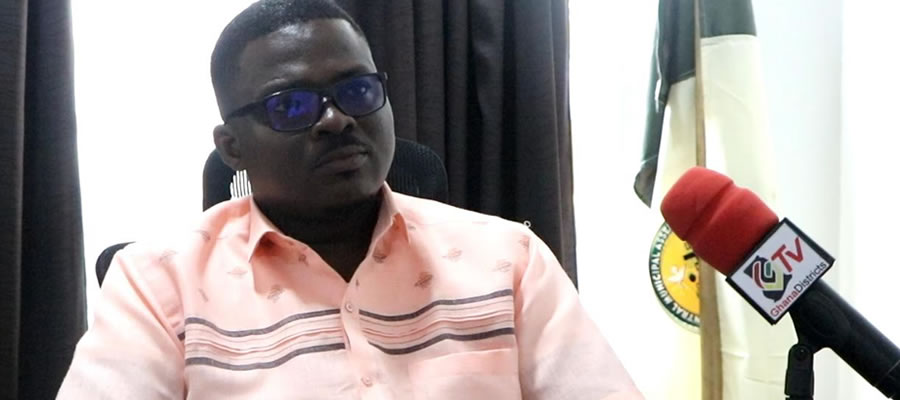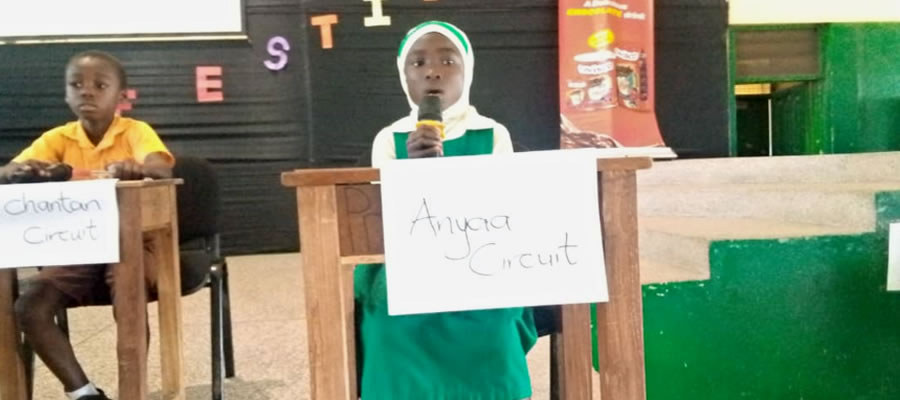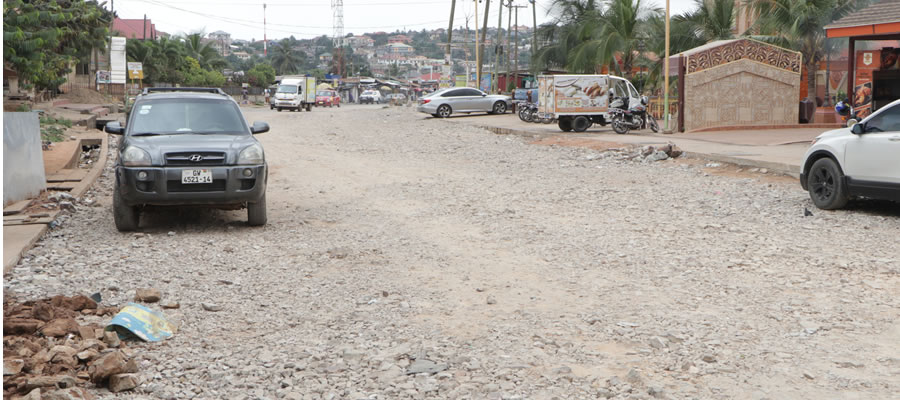

Location & Size
The Ga Central Municipal Assembly (GCMA) lies within latitudes 5º 48´North and within Longitudes 0º 8´ East and 0º 3´ west. It is one of the sixteen (16) Metropolitan/Municipal/District Assemblies in the Greater Accra Region and covers a Land Area of 103.
Topology & Drainage
The land area consists of gentle slopes interspersed with plains in most parts and generally undulating at less than 76m above sea level.The slopes are mostly formed over the clay soils of the Dahomeyan gneiss with alluvial areas surrounding the low lying coastal lagoons.
Climate & Vegetation
The Municipality falls in the coastal savannah agro-ecological zone. Rainfall pattern is bi-modal with the average annual temperature ranging between 25.1oc in August and 28.4oc in February and March. February and March are normally the hottest months. The Municipality has two main vegetation types, namely shrub lands and grassland.
Geology & Soil
Knowledge of soil types in the area is an important pre-requisite for development planning since it helps to advise on the type of crops the soil can support.The main type of soil in this area is the Coastal Savannah Ochrosols. The coastal sands are pale yellow in colour and without humus or organic matter.
These soils are suitable for coconut and shallots cultivation. On the Akwapim range, the soils are mainly pale and sandy with brushy quartzite occurring to the surface in most places. These soils are rich in sandstone and limestone that are good source of material for the construction industry
The red earths are usually developed in old and thoroughly weathered parent materials. They are typically loamy in texture near the surface becoming more clay below. The red soils are porous and well drained and support road development and also provide ample moisture storage at depth for deep rooting plants. Nutrients supplies are concentrated in the humus top-soil.
Date Created : 11/28/2017 4:49:09 AM













 facebook
facebook
 twitter
twitter
 Youtube
Youtube
 +233 593 831 280
+233 593 831 280 0800 430 430
0800 430 430 GPS: GE-231-4383
GPS: GE-231-4383 info@ghanadistricts.com
info@ghanadistricts.com Box GP1044, Accra, Ghana
Box GP1044, Accra, Ghana